Zelle Risk Assessment Tool
Is this Zelle transfer safe?
Answer these questions to evaluate the risk of sending money with Zelle. Remember: Zelle transactions are irreversible once sent.
Money moves faster than ever-but that speed comes with a hidden cost. If you’ve ever sent rent to a roommate or split a dinner bill using Zelle, you know how quick it is. Funds land in minutes, no fees, no app downloads. But what happens when you send money to the wrong person-or worse, a scammer? Unlike Venmo or PayPal, Zelle doesn’t let you take it back. Once it’s gone, it’s gone. And that’s why millions of Americans are stuck between convenience and risk.
What Exactly Is Zelle?
Zelle isn’t an app you download. It’s a network built right into your bank’s mobile app. Launched in 2017 by a group of the biggest U.S. banks-Bank of America, Chase, Wells Fargo, Capital One, and others-it replaced an older system called clearXchange. The goal? Keep P2P payments inside the banking system instead of letting companies like PayPal and Venmo take over.
Here’s how it works: You open your bank’s app, pick Zelle, enter someone’s email or phone number, and send money. The funds don’t sit in a Zelle account. They move directly from your checking account to theirs-usually in under a minute. No intermediaries. No balance to manage. Just bank-to-bank, real-time.
By 2023, Zelle handled over 2.3 billion transactions worth $629 billion. That’s more than Venmo and PayPal combined. And because it’s built into 2,200+ banks and credit unions, 80% of U.S. adults can use it without signing up for anything new.
Why Zelle Beats Venmo and PayPal for Speed
PayPal and Venmo work differently. When you send money through them, the funds often sit in a digital wallet first. To get cash into your bank, you have to wait 1-3 business days-unless you pay a 1% fee for instant cash-out. Zelle skips all that. It’s not a wallet. It’s a direct pipeline to your bank account.
That’s why Zelle wins for quick, trusted transfers. Need to pay your neighbor for a lawnmower? Send it at 8 p.m. on a Saturday. They’ll see it by 8:05. No waiting. No fees. No hassle.
But speed isn’t always a good thing. In finance, speed without safeguards is dangerous.
The Big Problem: No Refunds, No Safety Net
Zelle’s biggest flaw isn’t technical-it’s policy. Once you hit send, the transaction is final. No chargebacks. No dispute process. No buyer protection.
That’s great if you’re paying your cousin for concert tickets. Terrible if you’re buying a used laptop from someone you met online. Scammers know this. They target Zelle users with fake rental listings, fake online sales, even fake IRS calls asking for “urgent payments.”
In 2022, the Consumer Financial Protection Bureau found that Zelle accounted for 60% of all P2P fraud losses, even though it only handled about 20% of total P2P volume. Why? Because once the money leaves your account, you can’t get it back. Banks say they’re not responsible. Zelle says they’re just a network. The result? Victims are left with no recourse.
Even the Senate Banking Committee called Zelle out in 2022 for “not giving refunds to people who were tricked by criminals.” In 2023, the Better Business Bureau logged over 3,400 unresolved fraud complaints against Zelle.
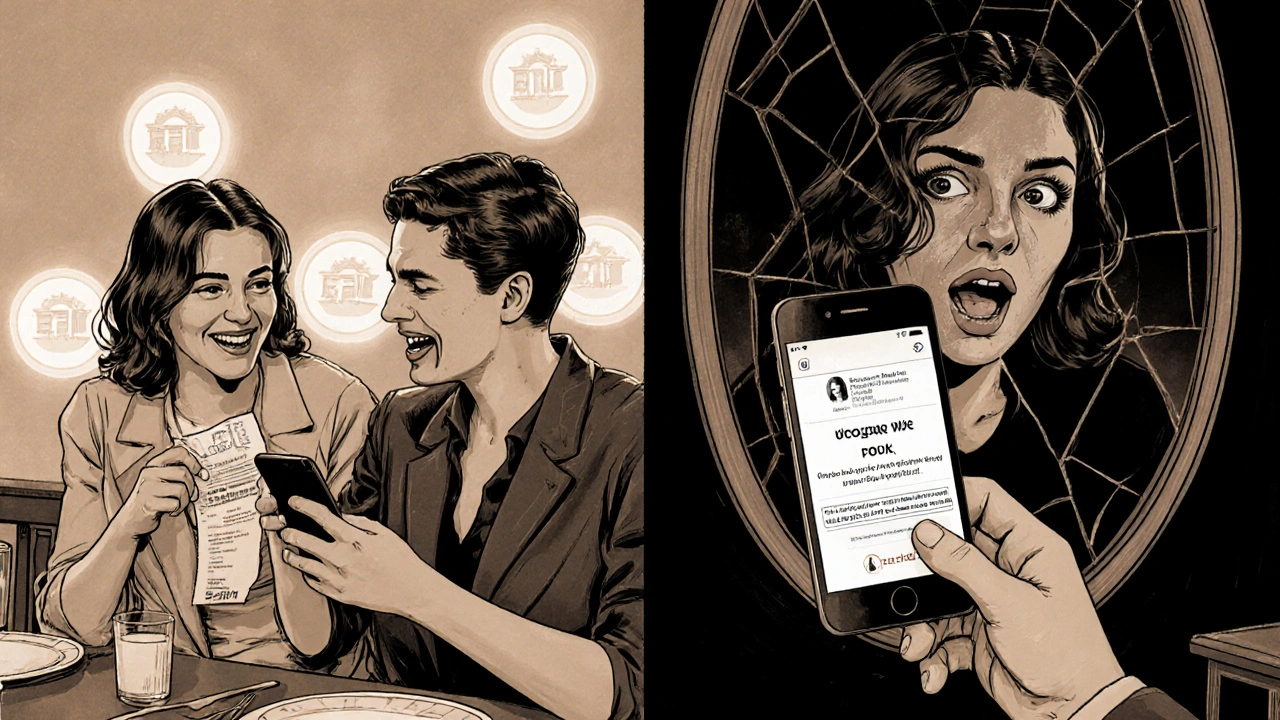
Who Uses Zelle-and Who Should Avoid It
Zelle isn’t for everyone. It’s designed for people who trust the recipient. That’s why 68% of users only send money to friends or family they know in real life, according to Bankrate’s 2023 survey. That’s the sweet spot.
But here’s where things go wrong:
- Buying something from a stranger on Facebook Marketplace? Don’t use Zelle.
- Paying a contractor you found on Craigslist? Avoid Zelle.
- Receiving payment from someone who says they’ll send you a “confirmation screenshot”? That’s a scam.
Real-life example: In May 2023, a Reddit user named u/ScammedTwice lost $2,850 after a “buyer” sent a fake Zelle screenshot showing a payment that never happened. The buyer disappeared. The bank refused to help. The money was gone.
Compare that to PayPal. If you’re scammed, PayPal investigates. You might get your money back. Zelle? No such luck.
How to Use Zelle Safely
You don’t have to give up Zelle. You just need to use it wisely.
- Only send to people you know and trust. No exceptions. Not even “my friend’s cousin who’s helping me with this.”
- Double-check the name. When you enter a phone number or email, Zelle shows you the recipient’s name. Make sure it matches the person you’re paying.
- Never accept screenshots as proof. Scammers send fake confirmation images. Wait until you see the money in your own bank account.
- Don’t use Zelle for business payments. Even if a small business says “we accept Zelle,” it’s risky. Use PayPal, Square, or Venmo Business instead-they offer protection.
- Enroll with your bank, not a standalone app. Zelle shut down its standalone app in April 2025. Now you can only use it through your bank’s app. That’s actually safer-it keeps you inside your bank’s security system.
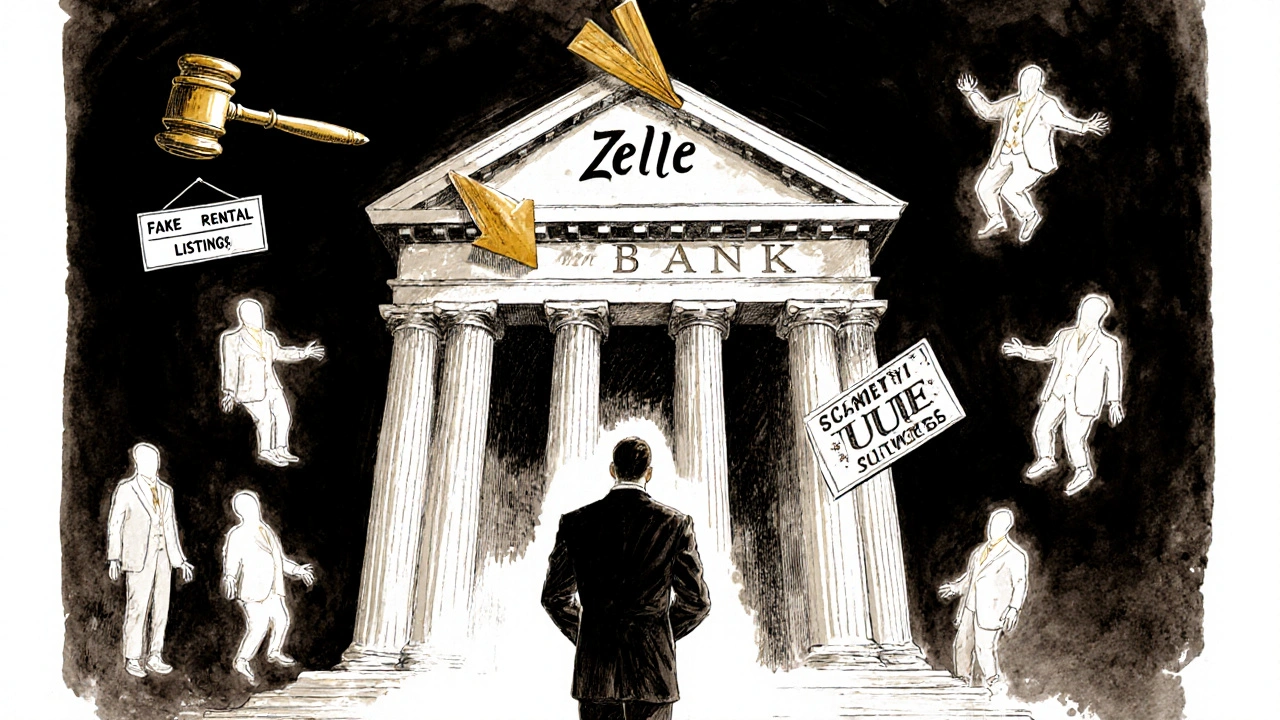
What Changed in 2025
In April 2025, Zelle discontinued its standalone app. No more downloading Zelle separately. You can only access it through your bank’s mobile app or website. This was a big shift.
Why? Because the standalone app was a security loophole. People were signing up with fake emails, bypassing bank checks. By forcing everyone through their bank’s app, Zelle tightened control. Banks now verify identities before allowing enrollment. That reduces fraud-but doesn’t eliminate it.
It also means if your bank doesn’t offer Zelle, you’re out of luck. There’s no workaround. You can’t use Zelle unless your bank is on the list.
Zelle vs. FedNow: The Future of Real-Time Payments
Zelle isn’t the only real-time payment system anymore. In 2025, the Federal Reserve launched FedNow-a government-backed alternative that works across all banks, even those that don’t support Zelle.
FedNow is slower to catch on because it doesn’t have Zelle’s network effect. But it has one major advantage: it’s designed with fraud protections built in. The Fed is requiring banks to offer dispute rights and refund options.
Analysts predict that by 2027, FedNow could take 15-20% of Zelle’s users-especially if Zelle doesn’t change its no-refund policy. Right now, Zelle leads in volume. But FedNow could win in trust.
Final Thoughts: Fast, Free, and Dangerous
Zelle is the fastest way to move money between U.S. bank accounts. It’s free. It’s easy. And for trusted transfers-like paying your mom or splitting a hotel bill-it’s perfect.
But it’s not a payment app. It’s a bank transfer tool. And like any bank transfer, once it’s done, it’s done.
If you’re using Zelle to pay strangers, you’re playing Russian roulette with your money. If you’re using it with people you know, it’s a gift. The difference isn’t technology. It’s judgment.
Use Zelle like cash. Only hand it to someone you trust. And never, ever send it to someone you don’t know.
Can I get my money back if I get scammed on Zelle?
Almost never. Zelle transactions are final once sent. Unlike PayPal or Venmo, Zelle doesn’t offer buyer protection or chargebacks. Your bank might investigate, but they’re not required to refund you. The only exception is if your bank made an error-like sending money to the wrong person due to a typo. Even then, recovery is rare. If you’re scammed, report it immediately to your bank and the FTC, but don’t expect your money back.
Do I need to download the Zelle app?
No. Zelle shut down its standalone app in April 2025. You can only use Zelle through your bank’s mobile app or website. If your bank offers Zelle, you’ll see the option inside your app. Just enroll with your email or phone number. No separate app needed.
What banks support Zelle?
Over 2,200 banks and credit unions support Zelle, including all the major ones: Bank of America, Chase, Wells Fargo, Capital One, PNC, U.S. Bank, and Truist. Most regional banks and credit unions do too. To check if yours does, look in your mobile banking app for the Zelle option-or visit the Zelle website and search your bank’s name.
Is Zelle safer than Venmo or PayPal?
It depends. Zelle is safer for keeping your bank details private-no third party sees your account number. But it’s less safe if you’re worried about scams. Venmo and PayPal offer fraud protection and dispute resolution. Zelle doesn’t. So if you’re sending money to someone you know, Zelle is fine. If you’re paying a stranger, Venmo or PayPal are safer choices.
Can I use Zelle internationally?
No. Zelle only works between U.S. bank accounts. Both the sender and recipient must have U.S. bank accounts and U.S. phone numbers or email addresses. You cannot send money to Canada, Mexico, Europe, or anywhere else using Zelle.
Why does Zelle have no fees?
Zelle doesn’t charge consumers because it’s owned by banks-and banks want you to use their app. Instead of charging you, they pay a small fee to Early Warning Services (the company that runs Zelle) per transaction. For banks, Zelle keeps customers loyal, reduces check usage, and increases mobile banking engagement. It’s a cost they’re willing to absorb to compete with PayPal and Venmo.
Can businesses use Zelle?
Technically, yes-but it’s risky. Zelle wasn’t designed for business payments. Some banks, like PNC, now allow small businesses to request payments via Zelle. But since there’s no buyer protection, businesses risk losing money to scams. For invoicing or selling goods, use PayPal, Square, or Stripe instead. Zelle is for personal, trusted transfers only.
Next time you think about using Zelle, ask yourself: Do I know this person? Do I trust them? If the answer isn’t a firm yes, choose something else. Speed is great-but not when it costs you your money.
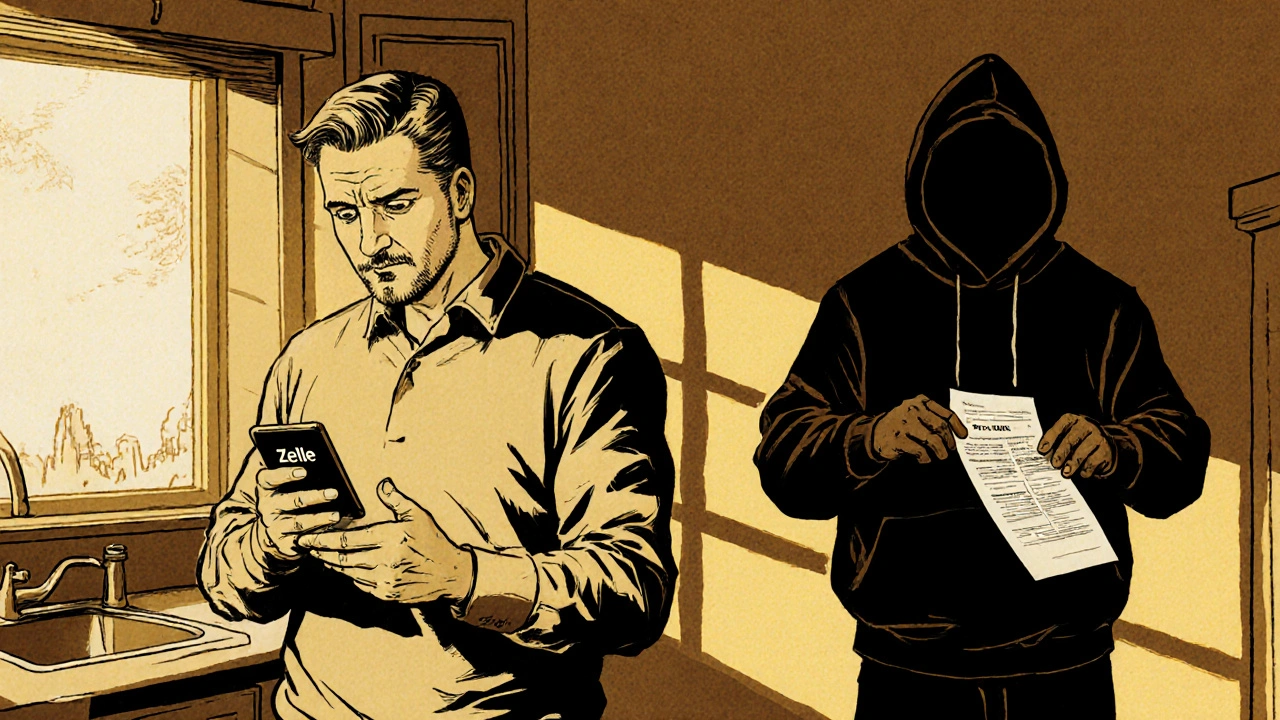
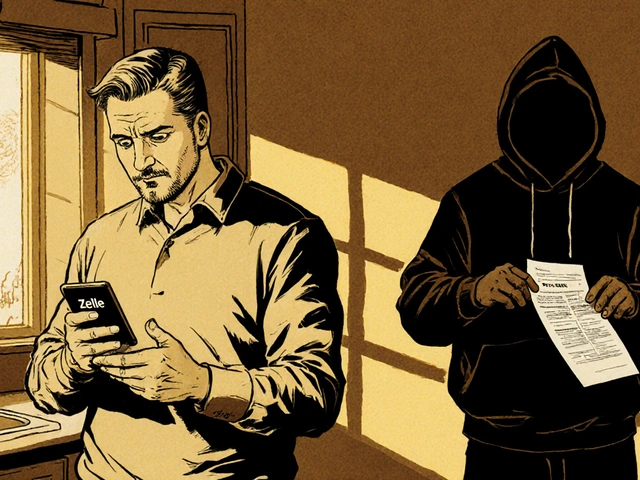

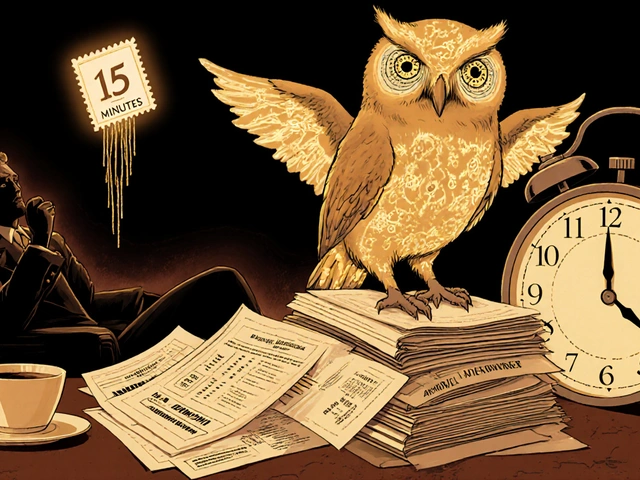

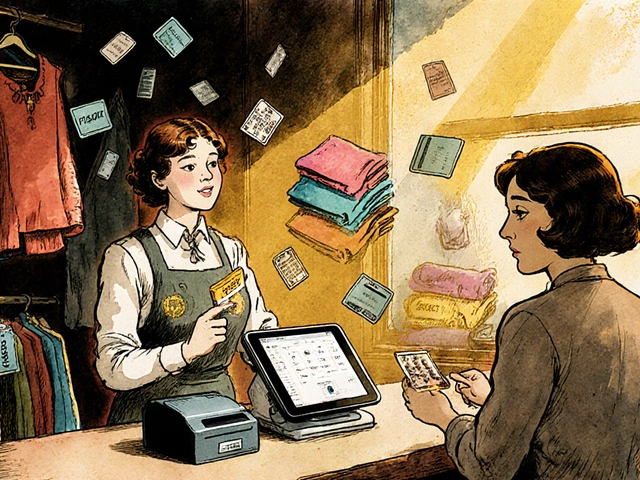
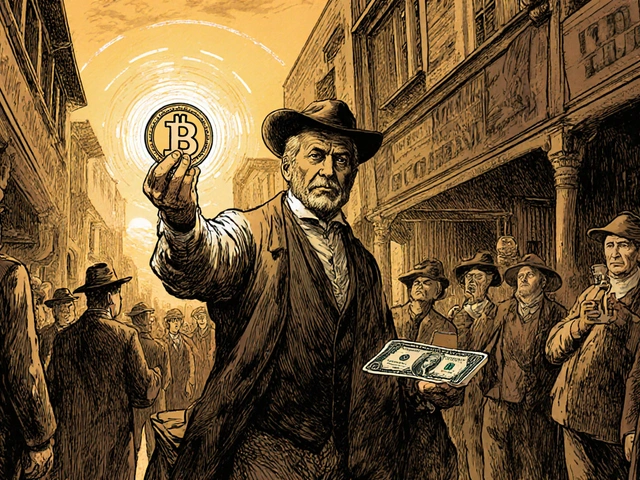
Comments
Dave McPherson
November 1, 2025Zelle is the financial equivalent of handing cash to a stranger in an alley while whispering, 'trust me bro.' Sure, it's fast-like a bullet train to bankruptcy. Banks built this thing because they’re terrified of Venmo stealing their customers, so they slapped a 'secure' sticker on a financial free-for-all and called it innovation. No chargebacks? No recourse? That’s not a feature, that’s a bug wrapped in a corporate press release. I’ve seen people lose life savings because they thought 'Mom’s friend’s cousin' was legit. If your bank doesn’t offer refunds, they’re not your ally-they’re a co-conspirator in financial negligence.
And don’t get me started on the 'it’s only for people you know' mantra. That’s like saying, 'Only drive drunk if you know the road.' It’s not about knowing them-it’s about knowing that *any* peer-to-peer payment without a safety net is a trap waiting to be sprung. Zelle’s entire design philosophy screams, 'We prioritize convenience over consequence.' And that’s not banking. That’s gambling with your checking account.
Meanwhile, FedNow is quietly building a better mousetrap with actual consumer protections. The Fed isn’t trying to be trendy. They’re trying to be responsible. Zelle’s 2.3 billion transactions? Most of them are probably from people who just got scammed and are too ashamed to admit it.
TL;DR: Zelle is the financial equivalent of a TikTok challenge: fun until you break your neck.
Also, 'don’t use Zelle for business'? Please. That’s like saying 'don’t use a chainsaw to cut butter.' It’s not the tool’s fault-you’re using it wrong. But banks won’t fix the design because they profit from the chaos. They want you to keep using it. And you keep doing it. And they keep laughing all the way to the bank.
PS: I once sent $1,200 to a 'landlord' who vanished. My bank said, 'We’re sorry, sir. But Zelle doesn’t allow reversals.' I didn’t cry. I just stopped trusting everything that says 'instant' on it.
Julia Czinna
November 3, 2025Thank you for this incredibly clear breakdown. I’ve been using Zelle for years to pay my sister for shared groceries and never thought twice-until my neighbor got scammed last month. She sent $1,800 to someone claiming to be a pet adoption coordinator. The screenshot looked real. The phone number matched. She didn’t even realize it was fake until the money was gone.
I now double-check every recipient name, even for my brother. And I’ve started using Venmo for anything that’s not direct family. It’s slower, sure-but knowing there’s a paper trail and a dispute option makes me sleep better.
Also, the shutdown of the standalone app? Smart move. That was a security hole the size of a warehouse. Banks finally realizing they can’t outsource safety to a third-party app? Long overdue.
And yes-FedNow could be the quiet hero here. If it brings real consumer protections to real-time payments without sacrificing speed, it might finally force Zelle to evolve. Or at least give people a better choice.
One sentence I’ll never forget: 'Use Zelle like cash.' That’s the whole philosophy right there. You don’t ask for a receipt when you hand someone a $100 bill. You just hope they’re honest.
Thanks again. This post saved me from becoming a statistic.
RAHUL KUSHWAHA
November 4, 2025Zelle = 💸🚀💀
Write a comment